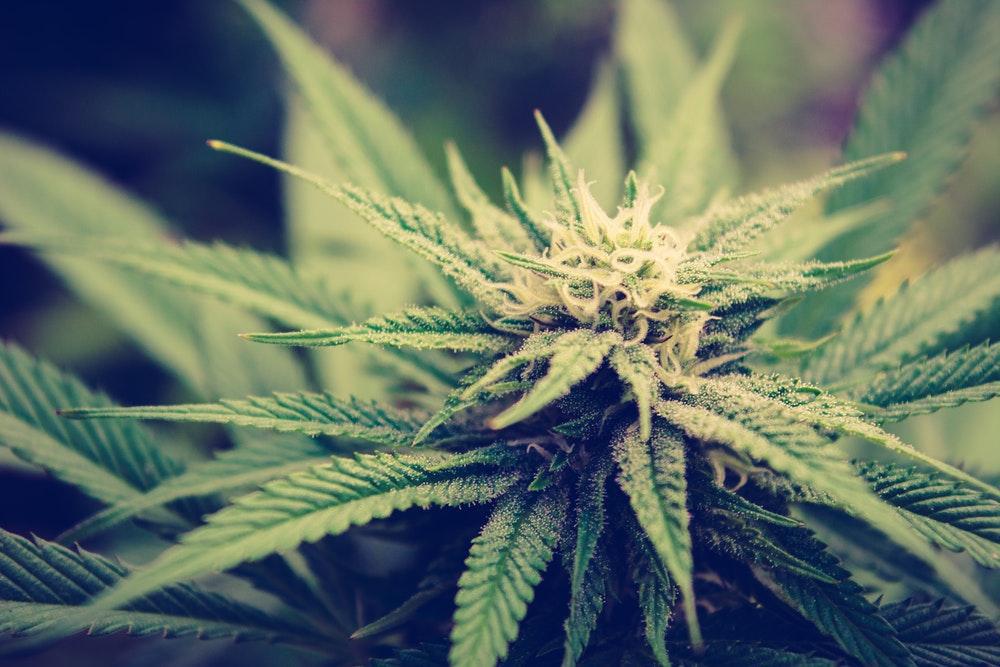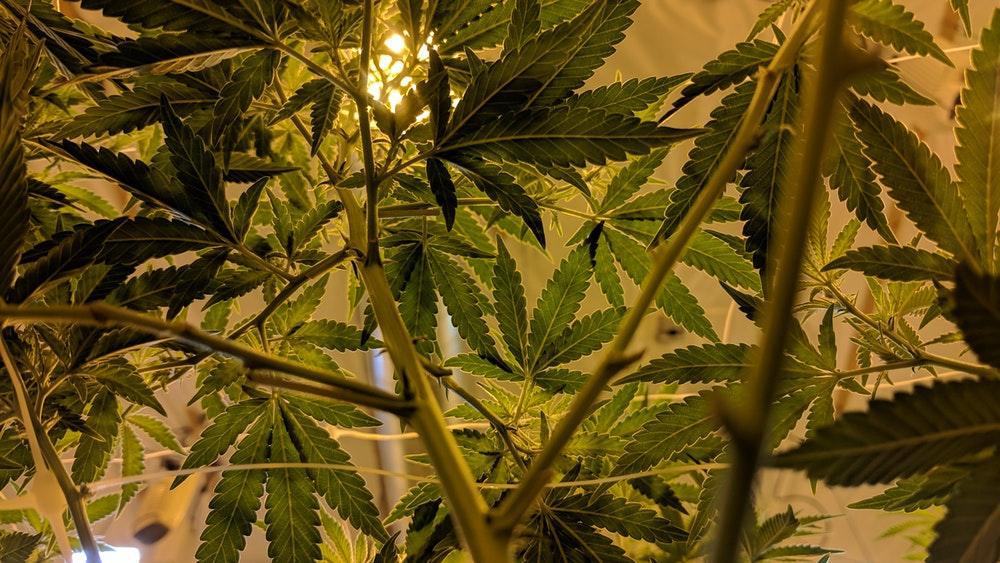If you’re looking to grow your own private stash of leafy green goodness, but lack large fields or adequate outdoor space, don’t fret! Many strains can be easily cultivated indoors.
Most people shy away from personal marijuana cultivation because they believe that it’s difficult, expense, and takes a great deal of space. While these things can sometimes be true, they are not hard and fast rules. Growing your own plants is a rewarding experience in more ways than one. It offers you total control and security in the production of your plants, and what they themselves produce. It also allows you to have access to marijuana on your own terms.
Using feminized seeds, autoflowering plants, or hydroponic systems all sound pretty complicated, but any of these setups are easily maintained by a novice grower. And great news for you! We’re here to show you just how it’s done. 
Choosing Seeds and Strains
Feminized Seeds
Growing feminized seeds indoors is largely the same method as growing any other type of marijuana plant, just with fewer steps. Choosing to grow feminized seeds takes quite a bit of the guesswork out of growing a larger crop, as you won’t need to sex your plants or dispose of any males that may crop up. For a novice grower with a decent amount of space, choosing feminized seeds for your first few crops is a great idea.
Feminized seeds are well… you guessed it! Feminized. This means that all of the seeds you will be planting are mostly guaranteed to produce female plants, which is good news for the home grower because just using any old seed give you a 50% chance of producing a male plant. Male plants don’t produce smokable buds, and can pollinate with nearby females- rendering their buds largely useless. This is why it’s important to sex your plants before they begin to flower to ensure that no males are present.
Autoflowering Seeds
Now that we’ve convinced you to grow feminized seeds, you’ll need to decide what strain (indica or sativa) and whether or not you’d like to use an autoflowering seed set. Autoflowering seeds are ideal for first time growers because they don’t flower based on light cycles- like traditional marijuana seeds do. Autoflowering seeds will automatically flower (shocking, we know) based on the plants age, whereas traditional seeds only begin their flowering life cycle once their light schedules have been adjusted.
Autoflowering seeds are also pretty great for indoor growth setups because genetically, they produce smaller and bushier plants- which is awesome if you’re short on space. The downside to autoflowering seeds is that there is a smaller selection of the strains you can get ahold of and the plants yield far fewer buds than their normal counterparts.
Strains
There are two main strains of marijuana plants: Indica and Sativa. Apart from having extremely different psychoactive effects (highs) they also grow very differently from one another. Indica strains are known for their relaxed and mellow body highs. They have a tendency to reduce focus and are pretty useful when it comes to treating diseases like anxiety, as well as chronic pain and sleep disturbances. Indica strains generally have a much higher CBD content than Sativas.
Indica also has a tendency to grow a bit smaller and bushier than sativa. They also tend to have more dense and fragrant buds. These plants have an overall appearance of being compact and stocky. Great for indoor cultivation when you’re low on space, as the smaller plants require less room for roots to grow. They generally flower within 45-60 days, giving them a quicker turnaround.
Sativa is known for its energetic, highly focused, and motivational ‘high’. Sativa gives users motivation and a sense of unrelenting energy- however, many people also have an adverse response to these strains, as they are more likely to cause anxiety and paranoia when ingested. Sativas have a higher THC to CBD ratio, and are generally considered “more intense”. The plants themselves grow tall and leggy, with larger and longer buds.
Sativas produce less smell than indicas, and weigh less when dried. They take quite a bit longer to flower at 60-90 days, and are in general a bit more temperamental than Indicas. Sativas will grow tall and rapid during their vegetative phase, and require a decent amount of room to be able to cultivate. It’s not impossible to cultivate sativa plants indoors, but it is generally considered to be a bit more of an undertaking- both with space and startup costs.

Grow Setups
There are a few main types of grow setups, but for the readers sake we will explore the main three: Soil based, hydroponics, and areoponics.
Soil
If you’re planning on growing your cannabis crops in soil, make sure you start out with a mix of vermiculite, perlite, fertilizer and soil or compost. If you’re using compost, you may not need to start directly with fertilizer in your soil, as the compost will provide many of the essential nutrients your plant needs as it first begins to grow.
Vermiculite and perlite keep the soil moist and stop it from becoming too hard as your plant ages. There are a ton of really great fertilizer additives to toss into some standard soil to get it up to snuff. Bone meal, wood ash, animal feces, worm castings, fish meal, among many others. For a first time grower, it’s suggested that you grab some commercially available fertilizer and feed your plant when you water it according to instructions. If you’re using standard potting soil, try and avoid any that contains “extended release” fertilizer within the soil itself. These types of soils will make it extremely difficult to control the feeding of your plant.
Hydroponics
Hydroponics is essentially the next level of difficulty in growing cannabis. In a hydroponic setup, plants are grown without soil and instead derive all necessary nutrients from the water that is left to be absorbed by their roots. Hydroponic setups can be achieved in home and small scale, although they are a bit more difficult to maintain and set up than soil growing methods.
Hydroponic systems start by choosing to grow your plants in either an inert medium, or with NFT (nutrient film technique). Inert mediums are pH neutral and don’t provide any nutrients to the plants themselves. They must be meticulously cleaned before and between uses so that plants don’t pick up any harmful bacteria or fungi. Examples of inert materials include: Lava rocks, clay balls, rock wool, oasis cubes, and coco. These can generally be found in most nurseries and garden supply stores.
Once you’ve chosen and prepared your neutral medium, many growers choose to use the “pot within a pot” method. Multiple “outer” pots are placed within a tub or tube. Outer pots generally have hole cut into the sides so that the water can cleanly pass through them. An inner mesh pot containers the neutral medium and plant. This allows for the plant to have unfettered access to free flowing water and nutrients, as well as have their roots shaded from any sunlight- which can damage them. Then, an air stone, air pump, and attached hose (usually meant for aquarium setups) are placed into the tub and serve to circulate and aerate the water/nutrient mix. From here on out, water is circulated throughout the tub and nutrients are added as necessary to maintain the right food/pH balance for the plants.
Hydroponic systems still require the same lighting and fan setups that soil grown operations do. These systems require near constant work and upkeep. Changing nutrient solutions, sterilizing equipment, rotating out filters, and keeping an eagle on on plant health and pH are are daily and weekly tasks associated with a hydroponics set up.
Aeroponics
Pot cultivators are always looking for better, and seemingly more difficult, ways to grow their product. In the next rung up on the ladder of extreme difficult, aeroponics comes to play. Aeroponics is a process by which you use air to grow your crops. This is definitely not for the beginners! Aeroponics is by far one of the most difficult ways to cultivate your cannabis. Aeroponic systems work by suspending plant roots over a reservoir that continually sprays them with water and nutrients. Excess water is then collected and recycled to be used again.
Aeroponic setups are ideal for advanced commercial growers that want to use less water and have fewer issues with soil borne pests. Systems like these produce high yield, high quality crops, they also allow for greater control over the final product. These crops, however, are so highly technical and expensive that their not suggested for novice personal growers. They also lack the intricate tastes and exotic flavors that soil grown cannabis can provide. There is no miracle grow aeroponics set up and these are usually best left to the experts.

